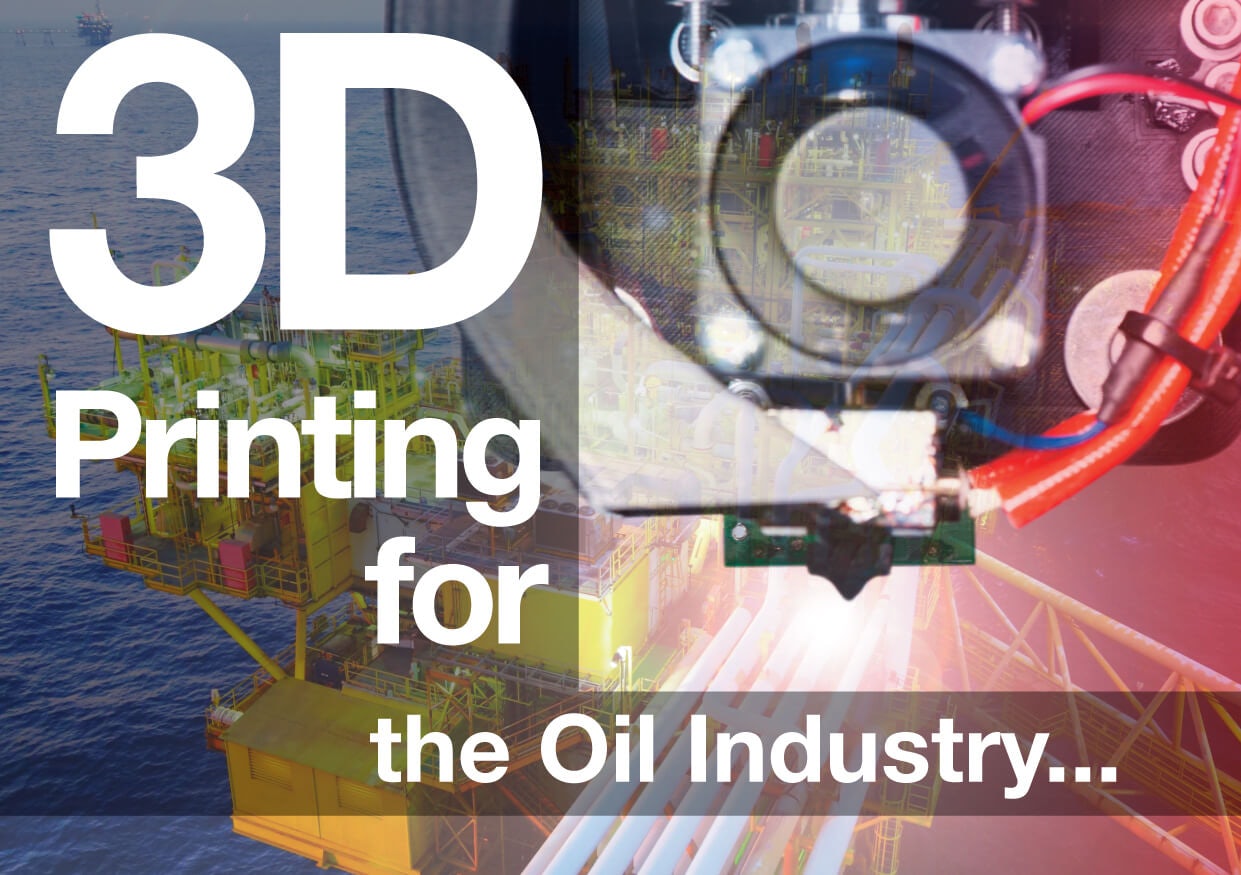Oil Industry to Look Into 3D Printing
Dashboard has been speaking, writing and promoting the positive effects of the digital oilfield since its very founding. Not only do we think it is the only way going forward but we also see it as just one way of how technology should be incorporated into oil and gas permanently.
Despite the news we have published in the last year, we are still enthusiastic over every instance of technology employed, particularly in new areas that have not been proven yet.
The latest new application of technology has been tested in the form of 3D printing, carried out by BP. While 3D printing may not have much in common with oil at first glance, the oil giant has explained its motivation behind the exploration: “3D printers on an offshore facility may mean complex components can be manufactured in remote locations, saving time and improving efficiency.” The company, which is notable for bringing multiple other technologies into commonplace oil practice explains that affordable printing of precision-design parts from a number of materials is the key selling point of 3D printing in oil.
3D printers are already making it big in industries such as aerospace engineering, where parts are needed in low volume but with large complexity. This is something it has in common with the oil industry, providing another reason for why the implementation process should be successful. The technology will play a role in speed maximisation (parts could be available within hours instead of weeks), boost efficiency (production can resume sooner, less resources are wasted, parts are manufactured according to need, not estimates).
So far BP has not announced any specific plans but only declared their interest to experiment generally in the form of a study. With their past however, Dashboard believes we will hear of ideas and proposals of trialling or testing soon. So while a major transformation is not quite here yet, it is in the foreseeable future.
